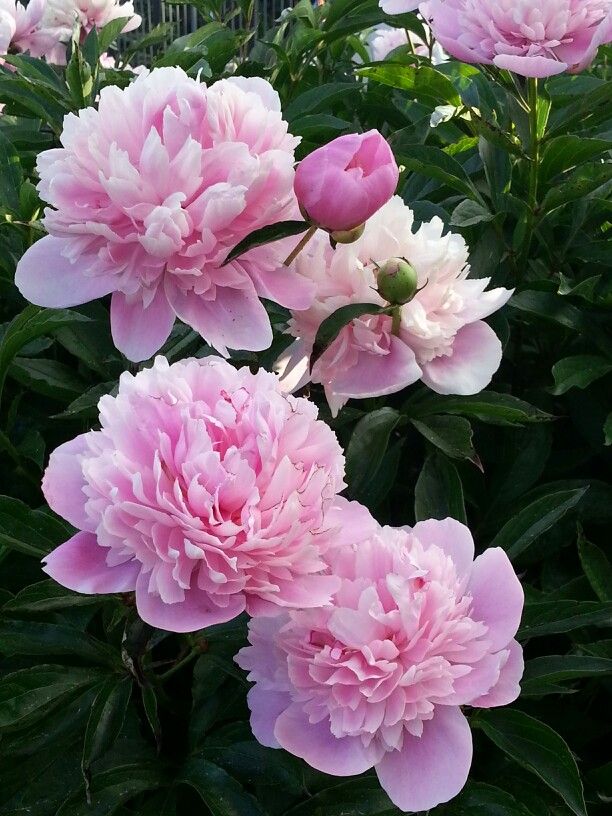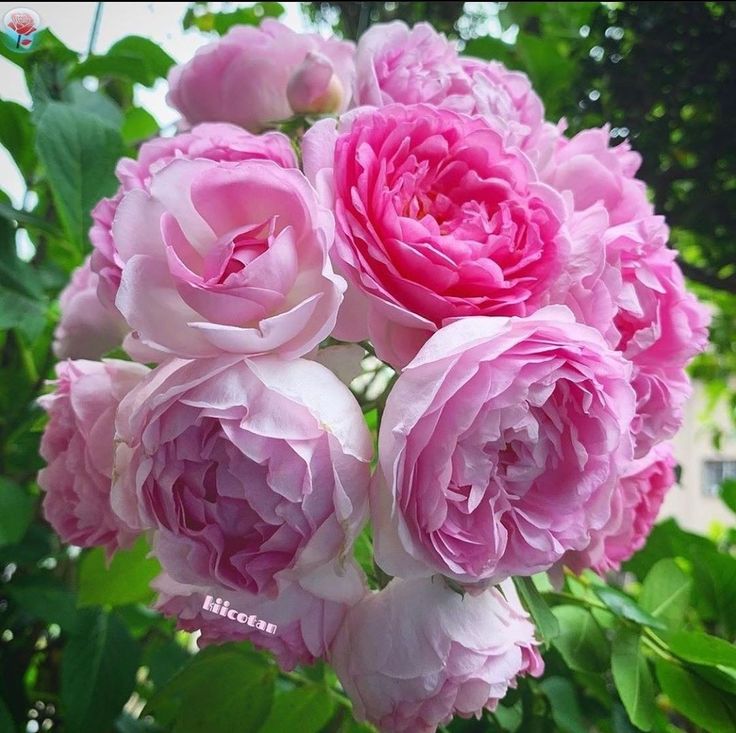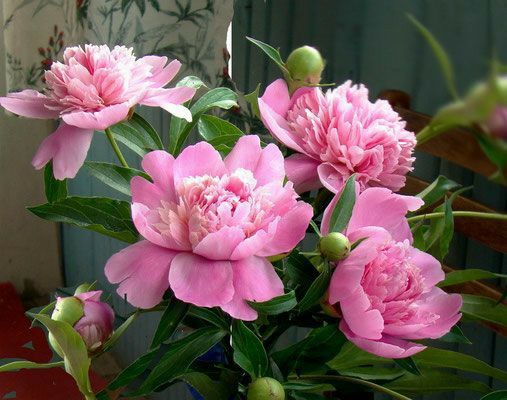Growing your own vegetables from seed is a rewarding and fulfilling experience that allows you to enjoy fresh, nutritious produce right from your backyard. Whether you’re a novice gardener or have some experience with gardening, starting a vegetable garden from seed is an excellent way to connect with nature, reduce your ecological footprint, and cultivate a sustainable lifestyle. Here’s a step-by-step guide to help you get started on your vegetable gardening journey.








Selecting a Suitable Location
The first step in starting a vegetable garden from seed is choosing a suitable location for your garden. Select an area that receives at least 6-8 hours of sunlight per day and has well-drained soil. Avoid areas with heavy shade, poor drainage, or competition from tree roots. If space is limited, consider container gardening or raised beds to maximize growing space and soil quality.
Planning Your Garden Layout
Before planting your seeds, take some time to plan out your garden layout. Consider factors such as plant spacing, companion planting, and crop rotation to maximize yields and minimize pest and disease problems. Sketch out a rough design of your garden, taking into account the mature size of each vegetable plant and any specific requirements they may have.
Preparing the Soil
Preparing the soil is essential for successful seed germination and plant growth. Start by removing any weeds, rocks, or debris from the planting area. Then, loosen the soil to a depth of 6-8 inches using a garden fork or tiller. Incorporate organic matter such as compost, aged manure, or shredded leaves to improve soil structure, fertility, and moisture retention.
Choosing Your Seeds
When selecting seeds for your vegetable garden, choose varieties that are well-suited to your climate, soil type, and growing conditions. Consider factors such as days to maturity, disease resistance, and flavor profiles when making your selections. Additionally, opt for high-quality, non-GMO seeds from reputable sources to ensure optimal germination and plant health.
Planting and Caring for Seeds
Once you’ve prepared the soil and selected your seeds, it’s time to plant them in the garden. Follow the planting instructions on the seed packets, paying attention to spacing, depth, and planting dates. Keep the soil evenly moist but not waterlogged, and provide protection from pests and extreme weather conditions as needed. As your seedlings grow, thin them out to ensure proper spacing and airflow, and provide support for vining or tall-growing plants.
Conclusion
Starting a vegetable garden from seed is a rewarding and empowering experience that allows you to grow your own food while connecting with nature and promoting sustainability. By selecting a suitable location, planning your garden layout, preparing the soil, choosing high-quality seeds, and providing proper care for your plants, you can enjoy a bountiful harvest of fresh, nutritious vegetables right from your backyard.
FAQs (Frequently Asked Questions)
- When is the best time to start seeds for a vegetable garden?
- The timing for starting seeds varies depending on your location and the specific vegetables you plan to grow. In general, start seeds indoors 6-8 weeks before the last expected frost date in your area, or sow seeds directly in the garden after the danger of frost has passed.
- Do I need any special equipment to start seeds indoors?
- While not strictly necessary, investing in seed trays, seed starting mix, grow lights, and a heating mat can help improve germination rates and seedling growth, especially in regions with short growing seasons or limited sunlight.
- How often should I water my vegetable seeds?
- Keep the soil consistently moist but not waterlogged until the seeds germinate and seedlings emerge. Once established, water your vegetable plants deeply and infrequently, allowing the soil to dry out slightly between waterings to encourage deep root growth.
- What is the difference between heirloom, hybrid, and open-pollinated seeds?
- Heirloom seeds are traditional varieties that have been passed down through generations and are open-pollinated, meaning they produce offspring with the same traits as the parent plant. Hybrid seeds are the result of crossbreeding two different varieties to create plants with specific traits, while open-pollinated seeds are pollinated naturally by insects, wind, or other means, resulting in genetic diversity and adaptability.
- How can I protect my vegetable garden from pests and diseases?
- Practice good garden hygiene by keeping the area free of weeds, debris, and standing water, and encourage natural predators such as birds, ladybugs, and beneficial insects to help control pests. Additionally, rotate crops, use floating row covers, and apply organic pest control methods such as neem oil or insecticidal soap to manage pest and disease problems organically.